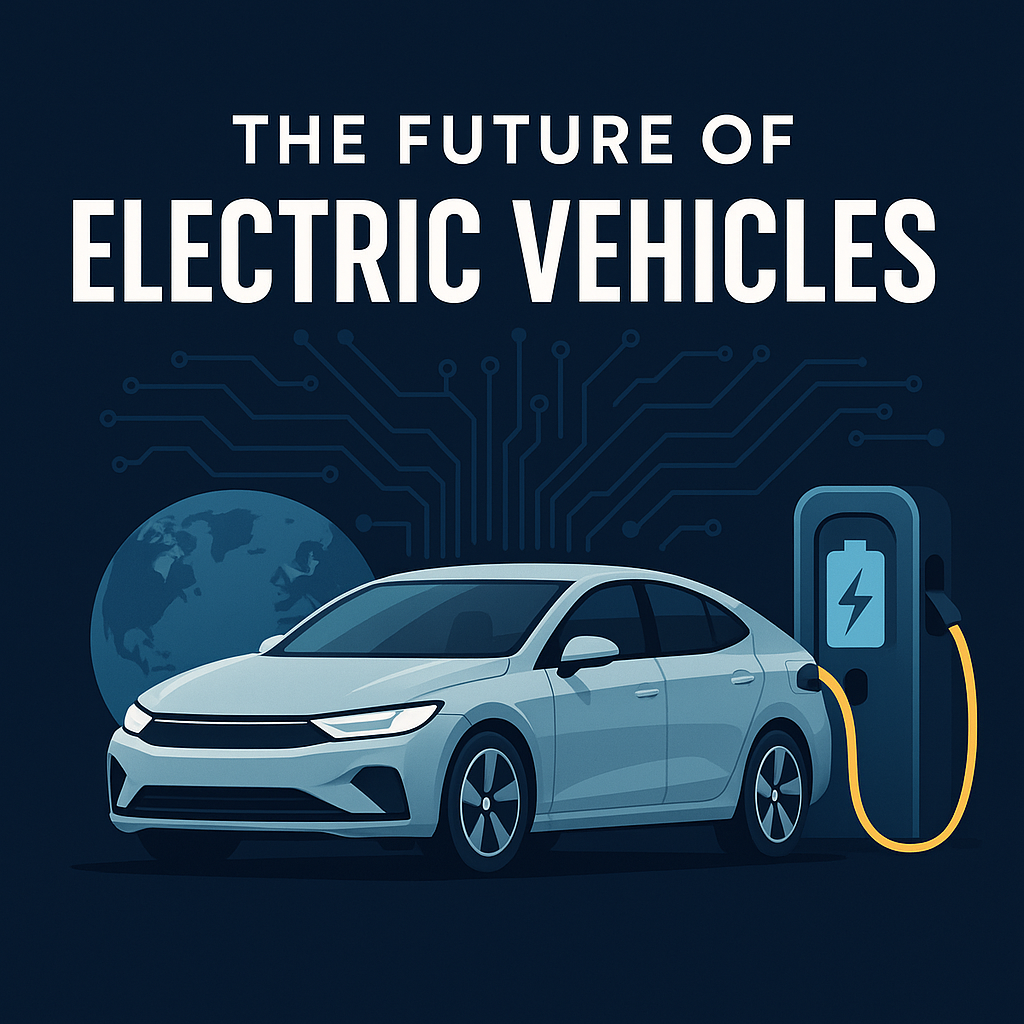Electric vehicles (EVs) are rapidly becoming the cornerstone of the automotive industry’s transformation, ushering in a new era of sustainability, efficiency, and innovation. What was once considered a niche market is now a dominant force reshaping how consumers, manufacturers, and governments envision mobility. The trajectory of EV technology suggests that the next decade will not only solidify the electric revolution but also redefine the very architecture of the automobile.
One of the most compelling advancements driving this change is battery technology. Lithium-ion batteries have come a long way in terms of energy density, charging time, and longevity. However, the industry is on the cusp of commercializing solid-state batteries, which promise even greater range, faster charging, and improved safety due to their non-flammable solid electrolytes. This innovation could eliminate two of the primary concerns associated with EV adoption: range anxiety and charging infrastructure. As battery packs become lighter, more powerful, and cheaper to produce, the barrier to entry for both manufacturers and consumers will continue to fall, making electric mobility more accessible than ever.
Beyond batteries, EVs are being designed with unprecedented levels of integration between software and hardware. These vehicles are more than just a means of transportation—they are evolving into smart, connected ecosystems. Advanced driver assistance systems (ADAS), over-the-air software updates, and AI-driven diagnostics are enabling vehicles to improve over time, much like smartphones. Tesla has led the charge in this domain, but traditional automakers are quickly catching up, partnering with tech companies to develop proprietary platforms that allow for continuous feature enhancements, performance upgrades, and even autonomous capabilities.
Autonomy itself represents another frontier for electric vehicle technology. Many EVs are already equipped with sophisticated sensor arrays, including LiDAR, radar, and computer vision systems, that lay the groundwork for fully autonomous driving. While regulatory hurdles and ethical considerations remain, the fusion of electric drivetrains and autonomous systems is seen as inevitable. These self-driving EVs will fundamentally alter urban planning, commute dynamics, and vehicle ownership models. Fleets of autonomous electric taxis could dramatically reduce the need for personal vehicles, lowering traffic congestion and emissions while providing affordable, on-demand transportation.
Charging infrastructure is another area experiencing explosive innovation. The future envisions ultra-fast chargers capable of delivering 300 miles of range in under 15 minutes, enabled by high-voltage architecture and improved thermal management. Wireless inductive charging and solar-integrated vehicle bodies are also being explored, aiming to make EV charging as seamless and unobtrusive as possible. Smart grid integration will allow vehicles to act as mobile energy storage units, feeding electricity back into the grid during peak hours and enhancing energy resilience at both the local and national level.
Sustainability will remain at the heart of the EV movement. The push for eco-friendly materials in vehicle construction, from recycled plastics to vegan leather interiors, will grow alongside innovations in battery recycling and second-life applications for used EV batteries. Manufacturers are investing heavily in closed-loop supply chains to minimize the environmental impact of raw material extraction and maximize the life cycle efficiency of every component.
In the broader context, EVs represent a paradigm shift not just in transportation, but in how societies interact with energy, infrastructure, and the environment. The cars of the future will be electric, but they will also be smarter, safer, and more attuned to the needs of an increasingly connected and climate-conscious world. As technology accelerates, the electric vehicle will cease to be a product of the future and become the defining machine of our time.
